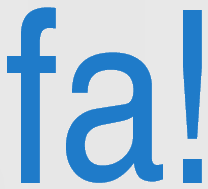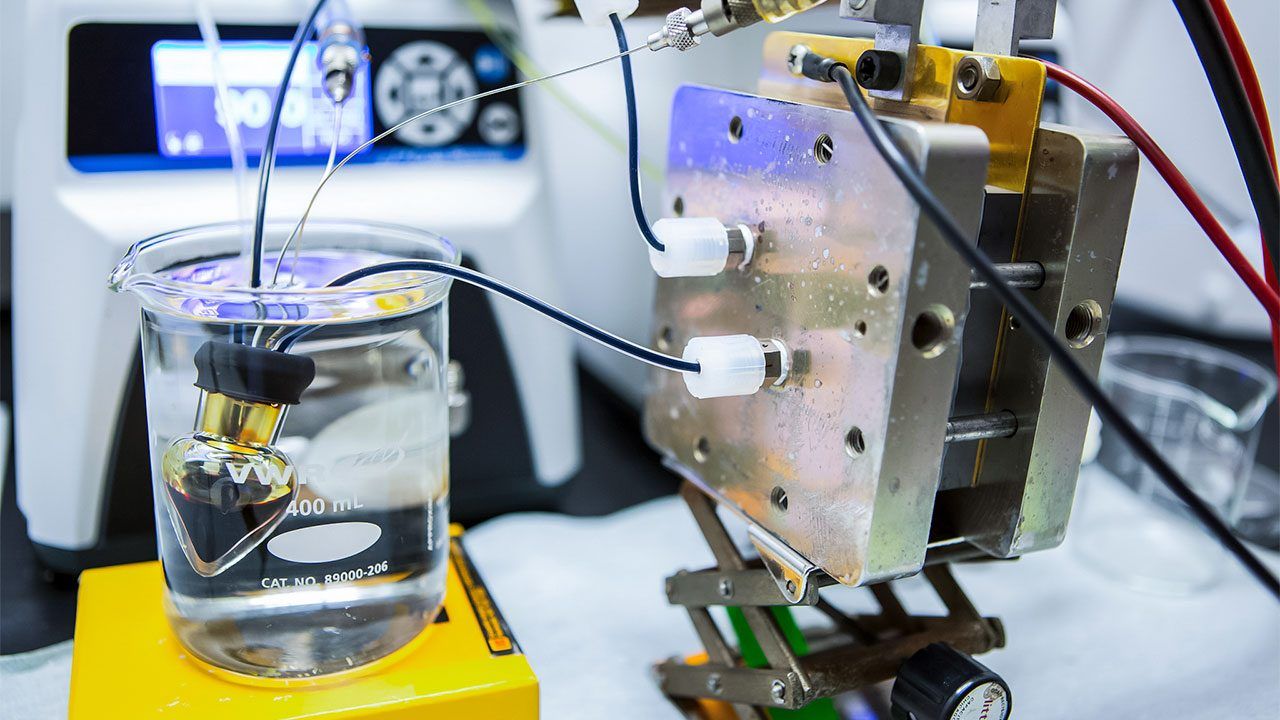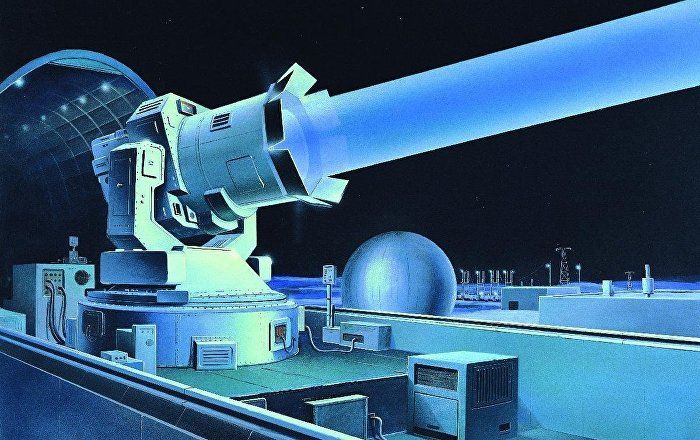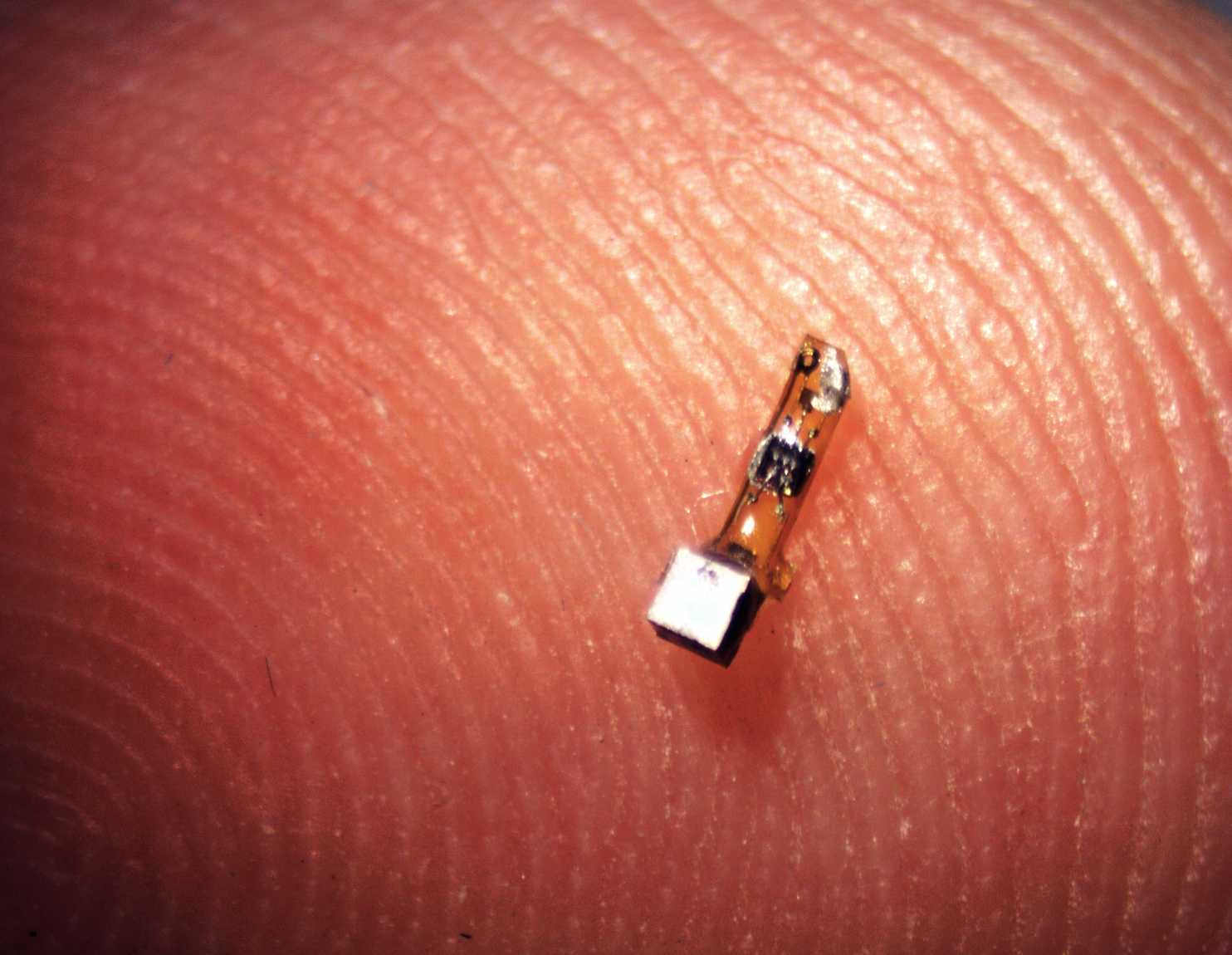“Instead, Descartes relies on 4 petabytes of satellite imaging data and a machine learning algorithm to figure out how healthy the corn crop is from space.”
More progress with senolytics for treating age related diseases and further vindication for the SENS approach to aging.
The open access paper linked below provides another reason to be optimistic about the therapies to clear senescent cells from old tissues that are presently under development. Here, the researchers created genetically engineered mice in which they could selectively trigger senescent cell death in lung tissues. In older mice, the result was improved pulmonary function, and other improvements in the state of lung tissue — turning back the clock on some of the detrimental age-related changes that take place in the lungs.
Cells become senescent in response to damage or environmental toxicity, or at the end of their replicative lifespan, or to assist in wound healing. The vast majority either destroy themselves or are destroyed by the immune system, but a few manage to linger on. Those few grow in numbers over the years, and more so once the immune system begins to decline and falter in its duties. Ever more senescent cells accumulate in tissues with advancing age, and they secrete a mix of signals that can encourage other cells to become senescent, increase inflammation, and destructively remodel nearby tissue structures. In small numbers senescent cells can help to resist cancer or assist healing, but in large numbers they contribute meaningfully to all of the symptoms and conditions of old age. They are one of the root causes of aging.
Building therapies to destroy senescent cells is the best, easiest, and most direct response. If carried out sufficiently well it would remove this contribution to the aging process entirely, and fortunately the cancer research community has been working on targeted cell destruction for many years now: the technologies exist and just need to be hammered into shape. This class of rejuvenation therapy has been advocated as a part of the SENS vision for the medical control of aging for going on fifteen years now, but only in recent years has the research community made useful progress. As for so many promising lines of research related to bringing aging under medical control, it has been next to impossible to raise funds for this work. The most critical studies in senescent cell clearance, those that proved the case beyond any reasonable doubt, were funded through philanthropy, as is often the case for work at the true cutting edge of medical science.
A team of University of Toronto chemists has created a battery that stores energy in a biologically-derived unit, paving the way for cheaper consumer electronics that are easier on the environment.
The battery is similar to many commercially-available high-energy lithium-ion batteries with one important difference. It uses flavin from vitamin B2 as the cathode: the part that stores the electricity that is released when connected to a device.
“We’ve been looking to nature for a while to find complex molecules for use in a number of consumer electronics applications,” says Dwight Seferos, an associate professor in U of T’s department of chemistry and Canada Research Chair in Polymer Nanotechnology.
I have reported on this threat for a very long time as we see more BMI technology advance. However, one are where things could drastically reduce hacking and breeches is the migration to a Quantum based net and infrastructure.
Cyberthieves might be mining personal information from your brainwaves at this very moment.
And although this may sound like a plot from a science fiction film, it is a growing concern among researchers who have demanded officials implement a privacy and security framework to block hackers from reading our neural signals.
Experts at the University of Washington have revealed how hackerscould inserting images into dodgy apps and recording our brain’s unintentional reaction using brain-computer interfaces.
Reminds me of the 1980s all over again with Reagan’s StarWars Program.
Deputy Defense Minister Yuri Borisov has revealed that the Russian military has commissioned several types of laser weaponry, but remains tight-lipped about the kinds of systems being developed. What kinds of systems does the officer have in mind? Military experts speaking to one of Russia’s leading independent newspapers attempted to find out.

Posting for the friends who hasn’t heard about the US funding the new program to grow half human and half animal embryos. Part of the goal is to enable organs to be made available for transplants, etc…
The federal government is planning to lift a moratorium on funding of controversial experiments that use human stem cells to create animal embryos that are partly human.
The National Institutes of Health has unveiled a new policy to permit scientists to get federal money to make the embryos, known as chimeras, under certain carefully monitored conditions.
The NIH imposed a moratorium on funding these experiments in September because they could raise ethical concerns.
The benefits of the technology for humans, while still largely hypothetical, are promising. The sensors could allow physicians to monitor the health of organs, create new therapies for neurological disorders, and help the physically impaired to control prosthetics.
While chips have been implanted in humans and other animals before, these sensors mark a significant improvement because they are small, wireless, batteryless, and could last in the body for years without degrading, said Michel Maharbiz, the associate professor who devised and studied the sensors alongside neuroscientist Jose Carmena.
“Hopefully the [tiny sensors] demonstrate a new direction for the field, and then you could build the consensus that’s needed to drive these forward,” Maharbiz said.
Magine a future in which hyper-efficient solar panels provide renewable sources of energy, improved water filters quickly remove toxins from drinking water, and the air is scrubbed clean of pollution and greenhouse gases. That could become a reality with the right molecules and materials.
Scientists from Harvard and Google have taken a major step toward making the search for those molecules easier, demonstrating for the first time that a quantum computer could be used to model the electron interactions in a complex molecule. The work is described in a new paper published in the journal Physical Review X by Professor Alán Aspuru-Guzik from the Department of Chemistry and Chemical Biology and several co-authors.
“There are a number of applications that a quantum computer would be useful for: cryptography, machine learning, and certain number-theory problems,” Aspuru-Guzik said. “But one that has always been mentioned, even from the first conceptions of a quantum computer, was to use it to simulate matter. In this case, we use it to simulate chemistry.”









